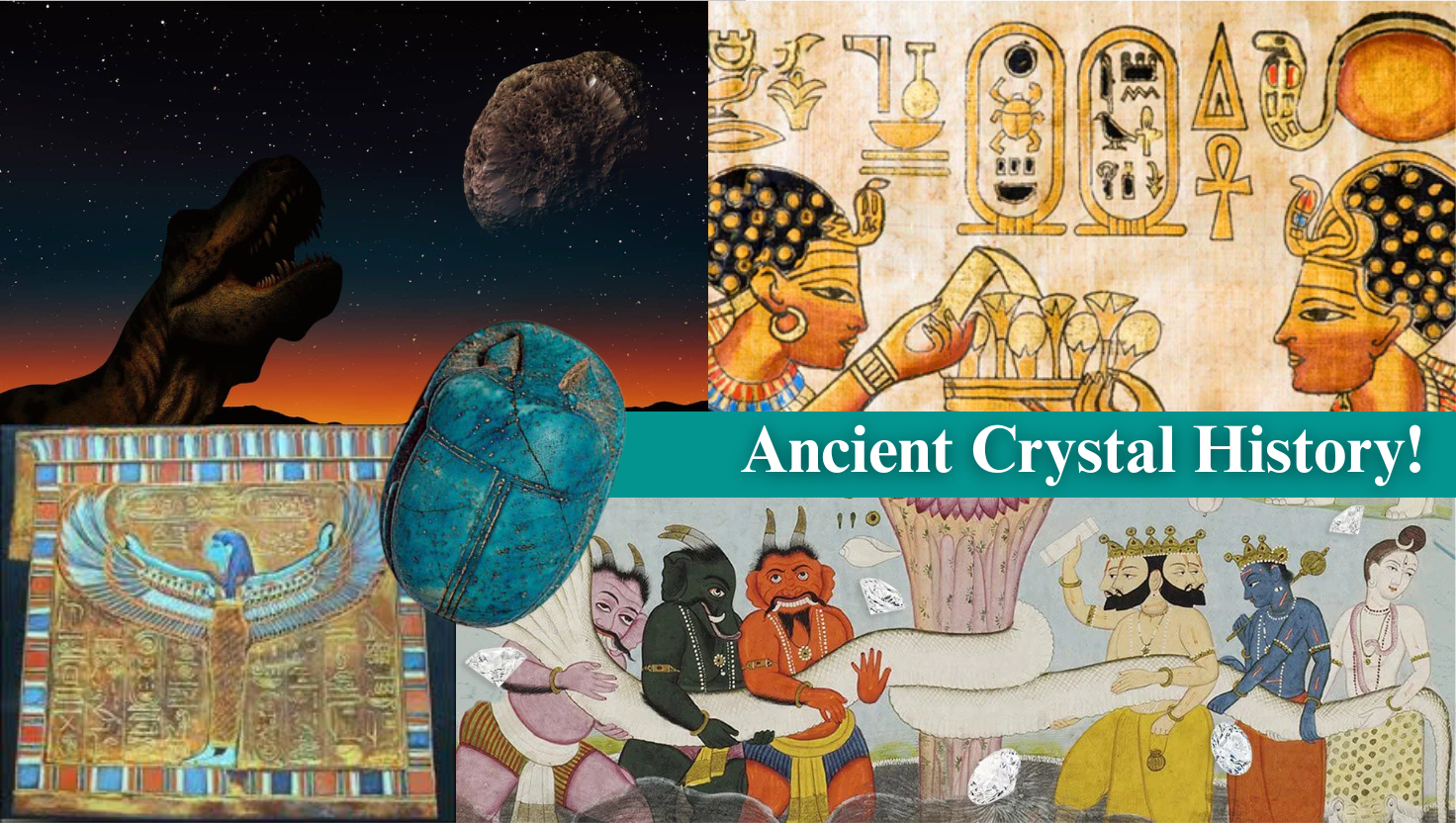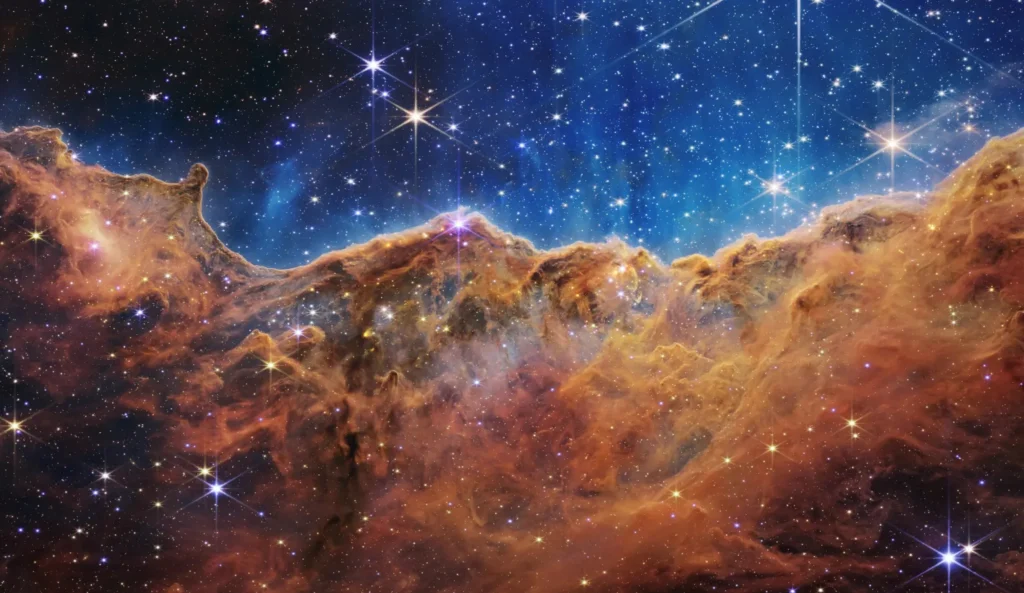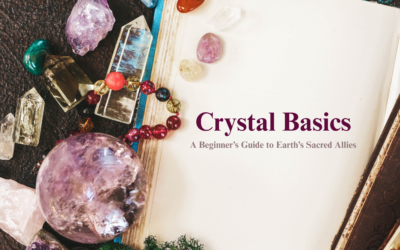Long before cities rose or empires fell, the Earth herself spoke through stones. Crystals—formed in the deep silence of time, under immense pressure and elemental alchemy—have always been more than adornments. They are conscious keepers of memory, vibration, and light. Across continents and civilizations, from sacred deserts to Himalayan shrines, these gems have been revered as living conduits of healing and divinity.
Shocking Fact! The core of Earth is a CRYSTAL!
Among all lands, India—Bharat, the eternal dharma-kshetra—holds one of the most ancient and continuous traditions of crystal wisdom. Though often overshadowed by the glamour of later Greco-Egyptian mysticism, India’s relationship with gemstones predates even written history, reaching back to Vedic times and beyond into oral traditions carried by seers and forest sages.
India: The Forgotten Cradle of Crystal Consciousness
India’s connection to crystals is not merely ornamental or astrological—it is spiritual, scientific, and deeply metaphysical. In the Vedas, which date back over 5,000 years, crystals are referred to as ratnas—divine treasures born of the Earth. The Garuda Purana, one of Hinduism’s ancient scriptures, details the vibrational qualities of various stones, their planetary correspondences, and their effects on the mind, body, and karmic field.
The history of crystals in India is ancient and rich, dating back to before 3200 BC, when the use of stones and other construction materials significantly influenced the country’s history. While the specific dating of the use of crystals for particular purposes, like jewellery or healing, is less precise, evidence suggests they were valued and used in various forms throughout Indian history. Some of which is older than what could have been recorded!
The system of Navaratna—the Nine Celestial Gems—originated here. Each gemstone is aligned with a specific planet and deity: ruby for Surya (the Sun), pearl for Chandra (the Moon), emerald for Budha (Mercury), and so on. These stones were not just worn for fortune; they were prescribed by jyotishis (Vedic astrologers) to realign one’s karmic destiny, clear ancestral debt, and awaken dharma (sacred purpose).
Moreover, the ancient Ayurvedic texts mention powdered crystals and gems used in bhasmas (sacred ash preparations) and rasayanas (elixirs) to cure diseases and restore spiritual balance. Diamond bhasma, for example, was used in microdoses to invigorate prana, while sphatik (clear quartz) was worn to cool the mind and open the crown chakra.
The ancient temples of South India often house deities carved from crystal quartz, especially Sphatik Lingams, which are said to emit a natural charge and enhance meditative states. This is not symbolic—it is energetic. The saints of Tamil Nadu, Kashmir Shaivism, and Himalayan Tantra knew how to work with the frequency of stones in ritual, mantra, and silence.
Crystals in the Cradle of Civilization
Outside India, civilizations also formed deep alliances with stones. The Sumerians, around 4000 BCE, used lapis lazuli and carnelian for protection and spiritual ceremony. Ancient Egypt revered malachite, turquoise, and carnelian, believing these stones safeguarded the soul in the journey to the afterlife.
Pharaohs wore lapis lazuli in their headdresses to commune with the gods. Obsidian mirrors were used in divination. But what the world forgets is that many of these stones—including lapis lazuli—were imported from regions near ancient India and Afghanistan, making the subcontinent the original source of both the minerals and the esoteric knowledge surrounding them.
The Mystical Lore of Greece and Rome
The word “crystal” itself comes from the Greek krystallos, meaning “frozen light.” The Greeks believed clear quartz was eternally frozen ice. They used amethyst to protect against intoxication—spiritual and literal—and wore hematite to gain strength in battle.
The Roman naturalist Pliny the Elder compiled detailed observations of gemstones and their healing properties, yet many of these insights were absorbed from even older Eastern traditions carried along ancient trade routes.
The Shamanic Stones of the Earth’s Eldest Peoples
In the Americas, the Maya and Aztecs used obsidian for scrying and sacred knives. Crystal skulls were believed to store ancestral wisdom. In Africa, tribes carried garnet and tiger’s eye for protection and fertility. In Australia, Aboriginal shamans received visions through crystals passed down from the Dreamtime.
These traditions may differ in form but echo the same truth: that stones are more than inert matter—they are intelligent aspects of Earth consciousness.
Crystals as Cosmic Instruments
Across these diverse lineages, one principle remains constant: crystals are vibrational beings. Modern science now understands that crystals have stable internal lattices that amplify and transmit energy. This is why they power computers, watches, and radios. But the ancients knew this not through technology, but through attunement.
Indian yogis and rishis could feel these frequencies within their subtle bodies. In Tantric practices, certain stones are aligned with chakras and bija mantras. Rose quartz opens the heart. Amethyst enhances third-eye perception. Citrine activates willpower and solar strength. These are not beliefs—they are energetic truths experienced in deep states of awareness.
Crystals as Conscious Allies
To ancient Indian mystics, stones were never passive tools. They were devas—beings of subtle intelligence, each with a soul and mission. Stones chose the seeker, not the other way around. To wear a crystal was not vanity—it was sankalpa, a vow. It meant one was ready to walk a certain path, under the guidance of that stone’s spirit.
The rituals of cleansing a crystal in Ganga water, charging it under the full moon, and placing it at the feet of a deity—these were acts of devotion, not superstition. They honored the sacred contract between human and mineral.
The Eternal Whisper of Stone
In the age of forgetting, when connection to the Earth and cosmos has frayed, crystals remain—silent, patient, and wise. They are memory-keepers of the planet, emissaries of a time when humanity walked in rhythm with the Earth’s pulse.
To hold a crystal today is to remember something your soul already knows. It is to rekindle a sacred relationship that spans lifetimes, civilizations, and the timeless breath of Gaia herself.
The stones wait—not to be owned, but to be remembered.







0 Comments